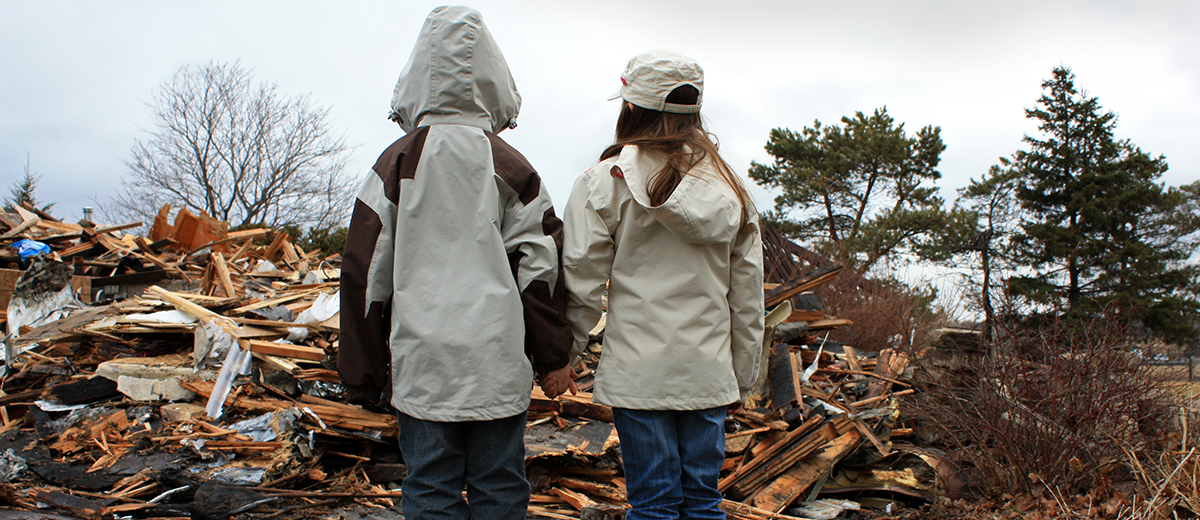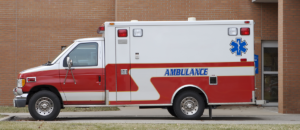Sixteen years after Katrina, Louisiana and surrounding states are once again dealing with the ravages of another disaster, Hurricane Ida. We all spend time watching the news, and through firsthand accounts we feel connected to a tragedy even though we are not personally involved. Our children are watching too and they may not always understand what is being said. Sometimes that confusion can be a source of anxiety and worry.
Disaster communication experts at the University of Missouri say disaster media coverage can have lasting effects on a child’s mental health and suggest school personnel be prepared to respond to questions during and after a catastrophe.
In 2018, American children were exposed to multiple disasters – ravaging wildfires in California, major Hurricanes in Florida and the Carolinas, and mass shootings in schools and places of worship – all of which were covered by the media 24/7.
Jennifer First, program manager at the Disaster and Community Crisis Center and a doctoral candidate in the MU School of Social Work states "Images of disasters stay with kids for a long time." She adds, "That's why it's important to be prepared and offer helpful coping methods."
The Centers for Disease Control (CDC) warns that disasters are stressful events that can cause substantial harm to communities and families. After a disaster, children may develop symptoms of anxiety, depression and post-traumatic stress disorder. Mental health plays an important role in physical health, school performance, behavior, and long-term quality of life. Therefore, it is important to keep children physically and mentally safe during and after a disaster.
Emotional stress from a disaster can be harder on children because they:
- Understand less about the situation
- Feel less able to control events
- Have less experience dealing with stressful situations
- May not be able to communicate their feelings, such as fear or anxiety
Emergency managers, teachers and others who work with children understand that children and youth are an important part of a community and can be vulnerable during disasters. It’s important to ensure their protection and to include their needs during planning, response and recovery efforts.
Fittingly, September is National Preparedness Month. Helping a child cope with a disaster can be a challenge. Additional information and resources for educators and organizations, can be found here.
Shop MacGill’s Emergency Response products and Mental Health Education.





